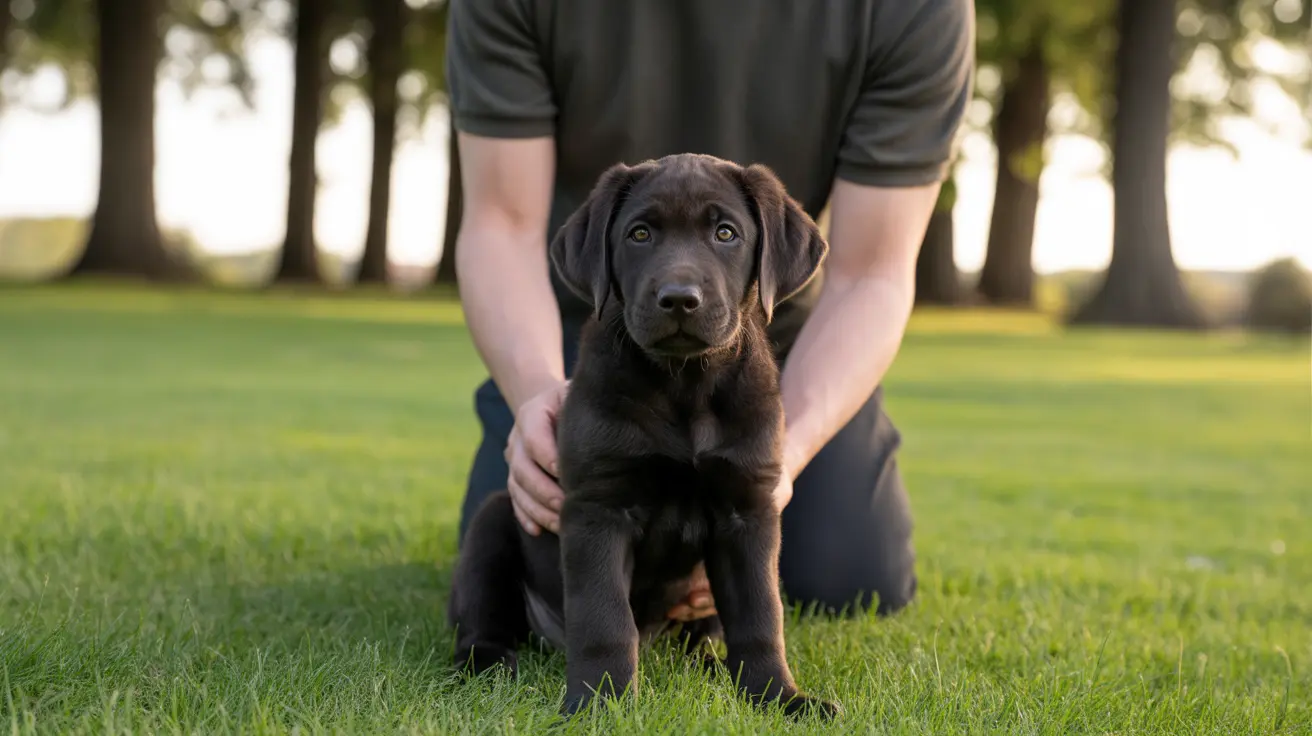Why Does My Dog Sleep Between My Legs?
If you’ve ever wondered, “Why does my dog sleep between my legs?” you’re not alone. Many dog owners notice their pets curling up in this cozy position and are curious about the behavior. Dogs are complex creatures with deep emotional and social bonds to their humans. This seemingly simple action can reflect a wide array of instincts and emotions.
Comfort and Security
Dogs are pack animals by nature. They often seek close physical proximity to feel safe and secure. Sleeping between your legs provides a den-like, sheltered space that mimics the closeness they experience with littermates or a pack.
Reasons this position offers security:
- Enclosed space: Your legs form a protected area that simulates a small den.
- Physical contact: The closeness gives a sense of safety and bonding.
- Warmth: Physical touch regulates the dog’s body temperature and comforts them.
A Sign of Affection and Bonding
Many dogs use body language to express love and loyalty. Nestling in between your legs can be a non-verbal way for your dog to say, “I trust you” or “You’re my person.”
Key bonding cues:
- Eye contact before settling down
- Sighing or deep breathing after lying down
- Tail wagging gently before or during the action
Warmth-Seeking Behavior
Dogs love warmth, and your body heat is a natural heater for them. Especially during colder months, sleeping between your legs helps them conserve energy and stay cozy.
Warmth-induced behaviors include:
- Burrowing under covers
- Curling in tight balls
- Pressing their body against yours
Routine and Habit
Some dogs adopt this sleeping position as a habit formed during puppyhood or early bonding experiences. If this behavior was unintentionally reinforced—like petting them every time they snuggle in—it might have become a go-to comfort ritual.
Protection Instincts
Dogs also see themselves as protectors. Sleeping between your legs places them in a position where they can quickly respond to threats. This posture gives them physical access to move and defend if they sense danger.
Anxiety and Stress Relief
Your presence acts as an emotional balance beam for your pet. For dogs prone to anxiety or stress, your legs serve as a calming barrier. The proximity to your scent and heartbeat may help regulate their anxious feelings.
Other signs of anxiety-related behavior:
- Whining or barking when you’re away
- Pacing or hiding during loud noises
- Licking themselves or you excessively
Is it Okay to Let Them Sleep There?
Usually, yes. If both you and your dog are comfortable with the arrangement and it doesn’t disturb your sleep, it can be a bonding time. However, there are few things to keep in mind:
- If your dog growls or becomes possessive about the space, it may be a sign of resource guarding.
- If the behavior interferes with your rest, consider gently training your dog to sleep in another cozy spot.
- Ensure your dog’s joints and spine are healthy—an awkward or compressed position could cause discomfort over time.
How to Encourage Alternative Sleeping Spots
If you prefer your dog not to sleep between your legs, there are gentle training options:
- Provide a cozy dog bed close to yours for a sense of proximity.
- Use rewards and praise when your dog chooses that spot.
- Create a sleep routine that encourages relaxation in their own space.
- Use calming aids like anxiety wraps or white noise, if stress is a concern.
When to Seek Help
While sleeping between your legs is typically harmless, excessive clinginess or sudden changes in behavior may signal something deeper:
- Health issues like arthritis or injuries
- New stressors in the environment
- Separation anxiety or insecurity
If you notice additional symptoms such as limping, excessive licking, whining, or restlessness, a visit to your vet or a certified dog behaviorist may be beneficial.
Conclusion
Sleeping between your legs is usually a harmless and affectionate behavior. Whether it’s for warmth, security, or comfort, it often indicates deep trust and connection. As long as it’s not interfering with your rest or your dog’s well-being, enjoy the cuddles. However, be attentive to any shifts in behavior and maintain open communication with your veterinarian if concerns arise.





